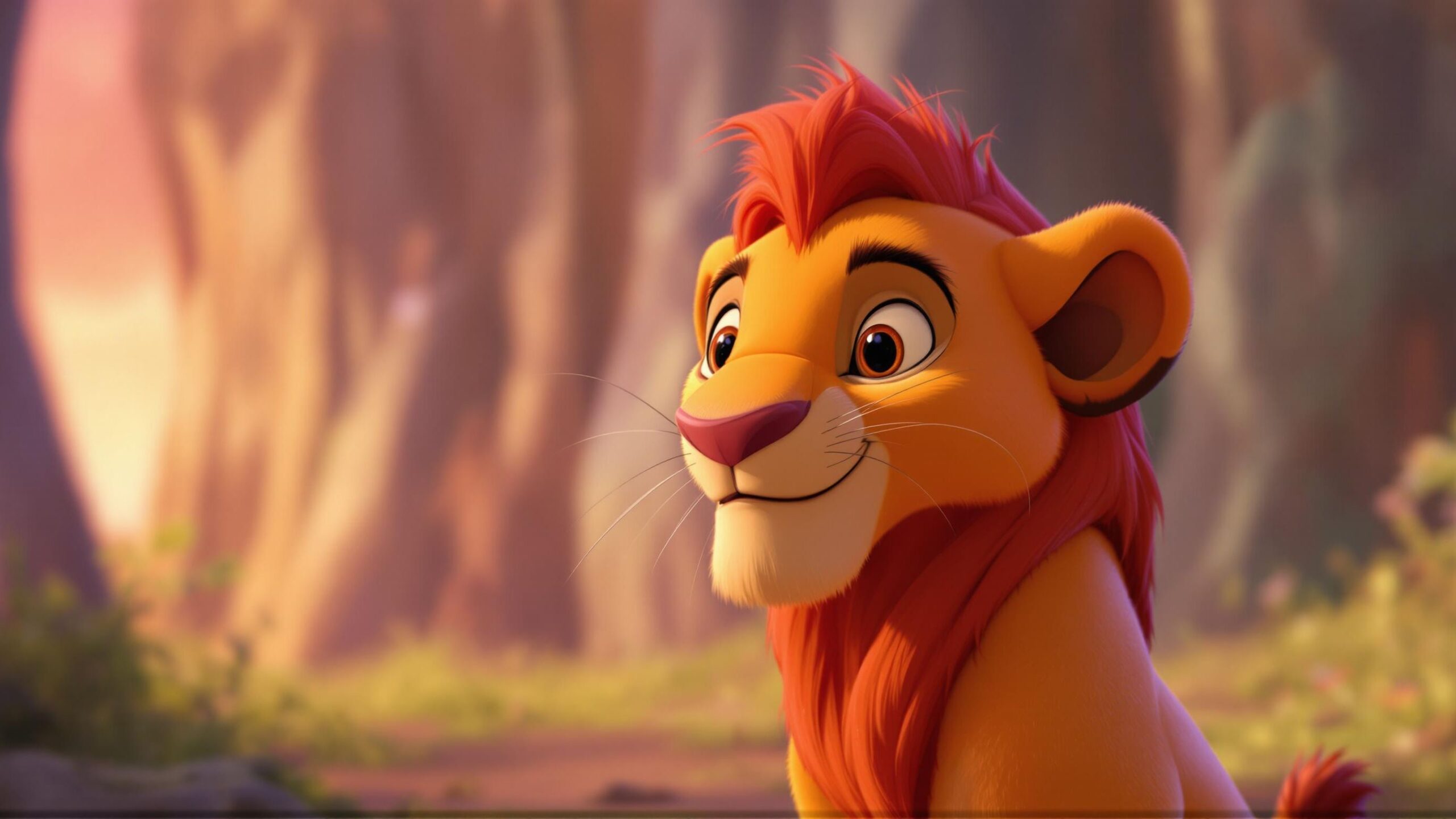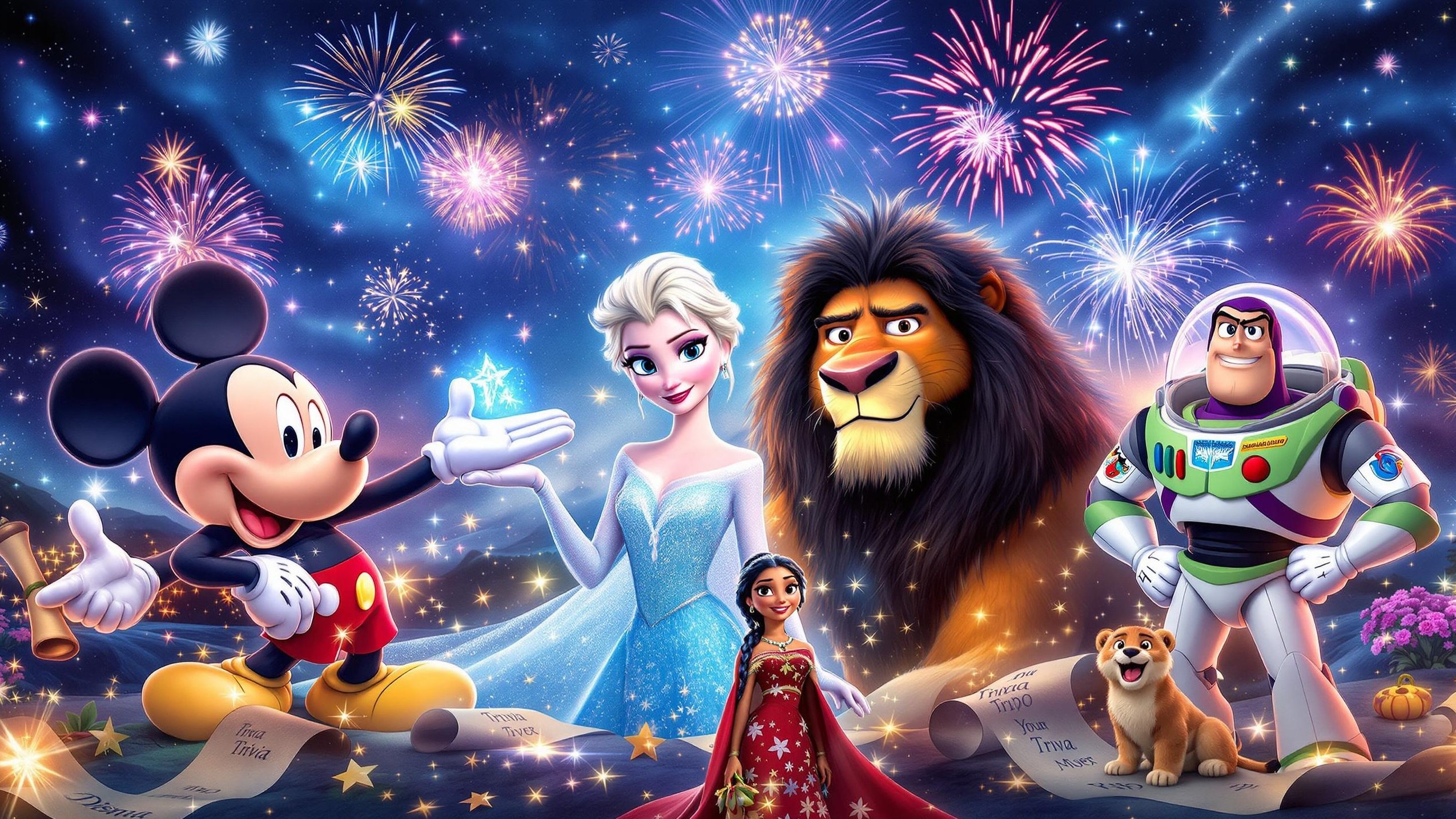Pixar has a special talent for turning our emotions into waterworks—and Inside Out is basically the blueprint for it. The film doesn’t just phull at our heartstrings. It yanks them like a toddler in a toy aisle. A story that takes place almost entirely inside the mind of an 11-year-old girl sounds playful on the surface but leave it to Pixar to turn that premise into a soul-shattering meditation on growing up, identity, and the bittersweet ache of change. Every character in Inside Out represents an emotion—Joy, Sadness, Fear, Disgust, and Anger—and yet they all manage to feel deeply human. And let’s not forget the side characters who sneak in from memory or imagination only to emotionally annihilate us with one heartfelt goodbye. These aren’t just characters. They’re tiny, technicolor therapists, pushing us to remember our childhoods, our forgotten dreams, and the quiet sadness tucked between giggles. So, grab your tissues, tighten your core memories, and prepare to sob-laugh through the feels. We’re ranking Inside Out characters by how hard they made us cry—because sometimes, crying really is the best part.
Joy: The Breakdown That Broke Us
You’d think Joy, the glowing ball of sunshine voiced by Amy Poehler, would be safe from making us cry. But oh no. Her emotional gut punch comes in the form of a slow unraveling. For most of the movie, Joy is determined to keep everything bright, everything happy, everything perfectly controlled. She bottles Sadness—literally—and spends half the film trying to prevent any hint of sorrow from touching Riley’s memories.
But then it all falls apart. When Joy is trapped in the Memory Dump with Bing Bong, surrounded by fading memories and literal darkness, she breaks. “I just wanted Riley to be happy,” she cries, clutching a glowing memory orb. That’s the moment we realize Joy isn’t just optimism—she’s vulnerable, desperate, and painfully human. It’s the moment that punches every parent, teen, or recovering perfectionist right in the soul.
Joy’s arc reminds us that real happiness doesn’t come from avoiding sadness—it comes from understanding it. And watching her learn that lesson through tear? Yeah. Cue the sobs.
Sadness: The Unexpected Hero
Sadness is the emotional MVP of Inside Out. Voiced by Phyllis Smith, she’s soft-spoken, slow-moving, and always dragging her little socks across the floor. For much of the movie, she’s seen as the problem. She’s messing things up. She’s turning memories blue. She’s just… sad.
But here’s the twist: Sadness is the hero. She’s the one who comforts Bing Bong. She’s the one who helps Riley reconnect with her parents. She’s the one who reminds us that being sad isn’t a flaw—it’s part of being real. When Riley breaks down and finally tells her parents, “I know you guys want me to be happy, but I’m not,” it’s Sadness who saves the day—not with pep talks, but with presence.
Her scenes don’t just make us cry. They heal us. Sadness teaches us that it’s okay to fall apart. That emotions aren’t problems to solve—they’re bridges to connect. And when she finally touches those core memories, letting Joy see their beautiful complexity? Tears. Full-blown, can’t-see-the-screen sobs.
Bing Bong: The Imaginary Friend Who Wrecked Us
Let’s just get this one out of the way—Bing Bong’s goodbye is one of the most emotionally devastating moments in Pixar history. A cotton candy elephant-cat-dolphin hybrid who cries candy shouldn’t be allowed to hurt us this much, and yet here we are. Bing Bong represents childhood innocence, imagination, and the kind of joy we forget we once believed in.
When he and Joy are stuck in the Memory Dump, Bing Bong spots a rocket—his old wagon-turned-spaceship—and they try using it to escape. They almost make it. But not quite. And then Bing Bong does the unthinkable. He lets go. He jumps out of the rocket to give Joy the boost she needs. “Take her to the moon for me, okay?”
The words are simple. The moment is quiet. But the impact? Catastrophic. Bing Bong doesn’t just fade into the forgotten. He chooses it. He sacrifices his place in Riley’s memory so she can be happy. And it destroys us. It’s not just a goodbye to Bing Bong—it’s a goodbye to childhood wonder.
Riley: When Growing Up Gets Too Real
Riley doesn’t talk much in Inside Out. The real action happens in her mind. But that’s what makes her breakdown scene so powerful. After spending the entire film watching her emotions try and fail to help her adjust to her new life, we finally see the cost. Riley’s smile fades. Her spark dims. And eventually, she runs away.
But the moment that really shatters us? When she comes back, walks through the front door, and crumbles into her parents’ arms. “I miss home. I miss Minnesota. I miss my friends.”
It’s so raw. So unguarded. And so real. Every kid who’s moved. Every teen who’s lost themselves. Every adult who’s ever swallowed their feelings to make others comfortable—this scene is a release valve. Riley doesn’t have a grand, sweeping arc. She just has a quiet, brave moment of truth. And it hurts in the most beautiful way.
Mom and Dad’s Emotions: The Side Characters Who Surprised Us
We only spend a few minutes inside the heads of Riley’s parents, but boy do those scenes pack a punch. In Mom’s mind, we see a squad of gentle, nurturing emotions watching Riley’s sadness with quiet concern. In Dad’s head, it’s chaos—a full team of distracted man-emotions clumsily trying to decode their daughter’s signals while reminiscing about Brazilian helicopter pilots.
But even these brief glimpses are emotional. Mom’s empathy, especially, lands hard. When she says, “I miss Minnesota too,” it’s a small but powerful acknowledgment that even grown-up’s struggle. That parents aren’t perfect. That they’re navigating change just like Riley is.
It’s a reminder that the people we lean on often have emotions swirling beneath the surface. And those quick scenes—funny, warm, real—show that love is often messy and silent and completely full of feelings.
Fear: The Quiet Anxiety We All Know Too Well
Fear, voiced by Bill Hader, is the twitchy, nervous wreck inside Riley’s mind who’s always convinced the worst is about to happen. And while he brings the laughs, he also hits a little too close to home. Fear isn’t just slapstick panic. He’s that little voice we all know—the one that overthinks every word, every silence, every change.
Watching Fear try to keep Riley safe is funny, but it’s also deeply familiar. He’s not bad. He’s protective. But when his hyper-vigilance goes into overdrive, we see how exhausting it is to live in constant worry. It’s an emotion many of us try to hide, but Fear gives it a voice—quirky, yes, but also true.
He doesn’t get a grand emotional arc. But he doesn’t need one. He makes us cry because he reminds us of ourselves—scared, exhausted, and trying so hard to stay one step ahead of sadness.
Disgust: Sarcasm with Heart
Disgust is the green, opinionated diva of Riley’s mind. She rolls her eyes, throws shade, and delivers deadpan judgment like it’s an Olympic sport. But behind all that sass is someone fiercely protective of Riley. Disgust might seem like the least emotional of the crew, but she feels deeply—she just wraps it in snark.
Her loyalty to Riley’s well-being is subtle but sincere. She filters what Riley hears and sees. She puts up emotional guardrails. And when the team begins to fall apart, Disgust is one of the first to panic—not because she’s afraid, but because she knows how much Riley is hurting.
Disgust doesn’t make us sob. But she makes us tear up in recognition. Because sometimes, sarcasm is armor. And behind every eyeroll is someone who cares more than they let on.
Anger: The Explosive Grief
Lewis Black was born to play Anger, and he brings every ounce of explosive rage to the screen with hilarious fury. But beneath the fireballs and newspaper-stomping tantrums is something even more relatable: grief.
When Riley begins shutting down emotionally, Anger tries to reignite her spark. “We have to do something!” he roars, as the memory console fades. It’s not just rage—it’s desperation. Anger isn’t mad because he’s mean. He’s mad because he’s helpless.
That helpless anger? It hits hard. It’s the feeling of watching someone you love slip away. Of wanting to fix things, even when you don’t know how. Anger’s emotions may be loud, but they speak to something quiet and heartbreaking: how often grief shows up disguised as fury.
Imagination Land and the Memory Dump
They’re not characters in the traditional sense, but these emotional landscapes deserve recognition. Imagination Land is joyful, creative, and whimsical—a candy-colored tribute to the fantasies of childhood. When it crumbles, we feel the weight of Riley’s maturing mind. We feel the loss of her silliness, her wonder, her belief in flying unicorns.
And the Memory Dump? That’s the real killer. Watching memories fade into ash is symbolic and sad. It’s the realization that some parts of us are gone forever—and we can’t get them back. That’s not just sad. That’s existential.
These spaces are silent storytellers, but they make us cry because they show what Riley can’t say: growing up means letting go.
The Core Memories: Tiny Orbs, Big Emotions
Finally, let’s talk about the real tearjerkers—the core memories. These glowing orbs are more than plot devices. They’re symbols of Riley’s identity, her relationships, and her emotional growth. Watching them turn blue isn’t just a color shift. It’s a revelation.
It’s the moment when we—and Joy—realize that sadness isn’t the enemy. That memories can be both happy and sad. That emotions aren’t binary. That complexity is what makes us whole.
That scene, with Joy cradling the mixed-colored orb, is a masterclass in emotional storytelling. It’s not flashy. It’s quiet. But it changes everything. And for many viewers, it’s the moment the tears really start to fall.
Why We Cry: The Real Reason It Hurts So Good
Inside Out hurts in the best way because it tells the truth about emotions. It doesn’t sugarcoat them. It doesn’t label them good or bad. It lets us sit with them, feel them, and learn from them. Every character—every laugh, every tear—shows us that emotions aren’t obstacles. They’re part of the adventure.
Whether it’s a forgotten imaginary friend, a quiet confession, or a giggle turned bittersweet, Inside Out makes us cry because it reminds us of what we’ve felt, what we’ve lost, and what we still carry with us. And sometimes, that kind of crying? It’s healing.




